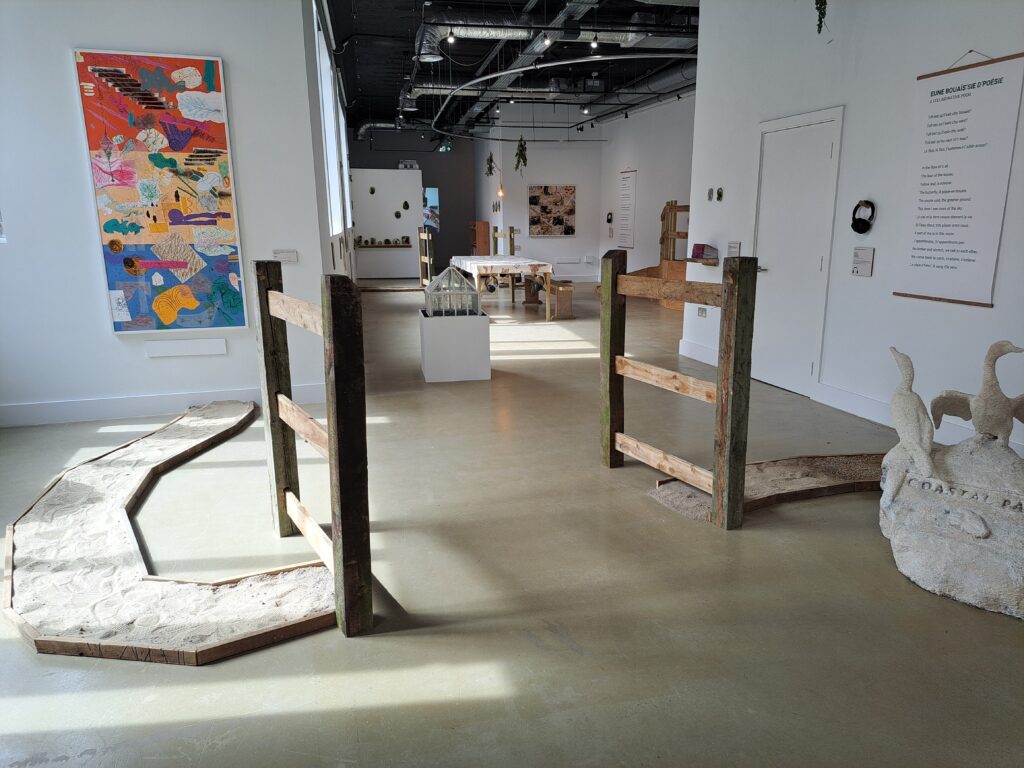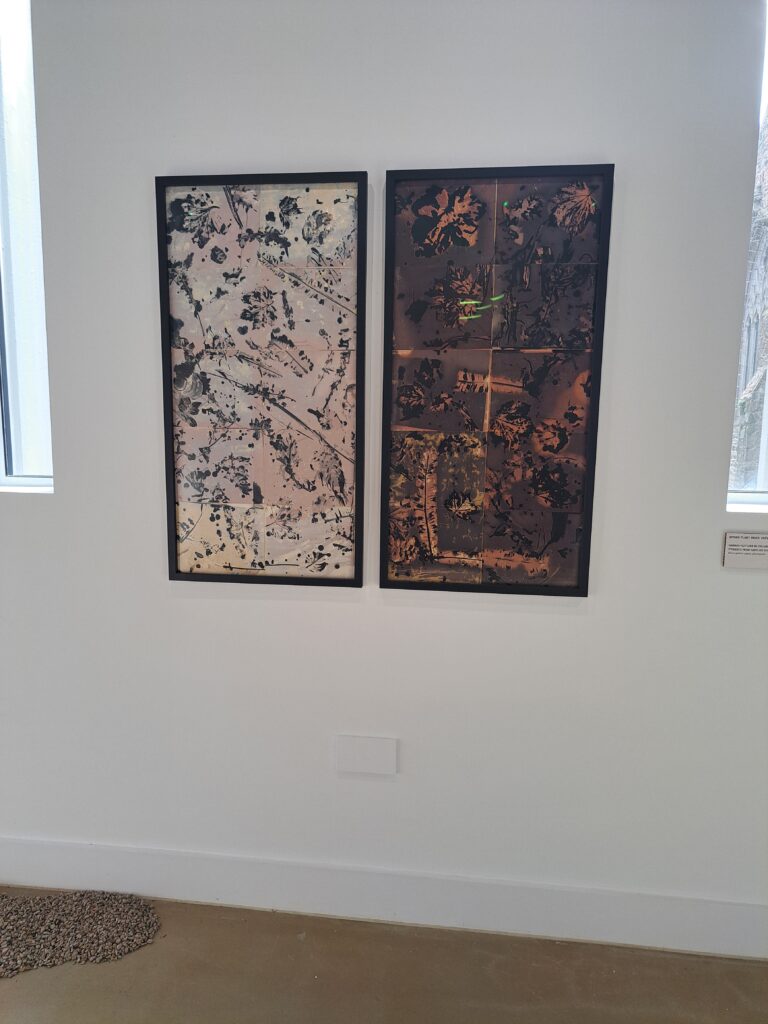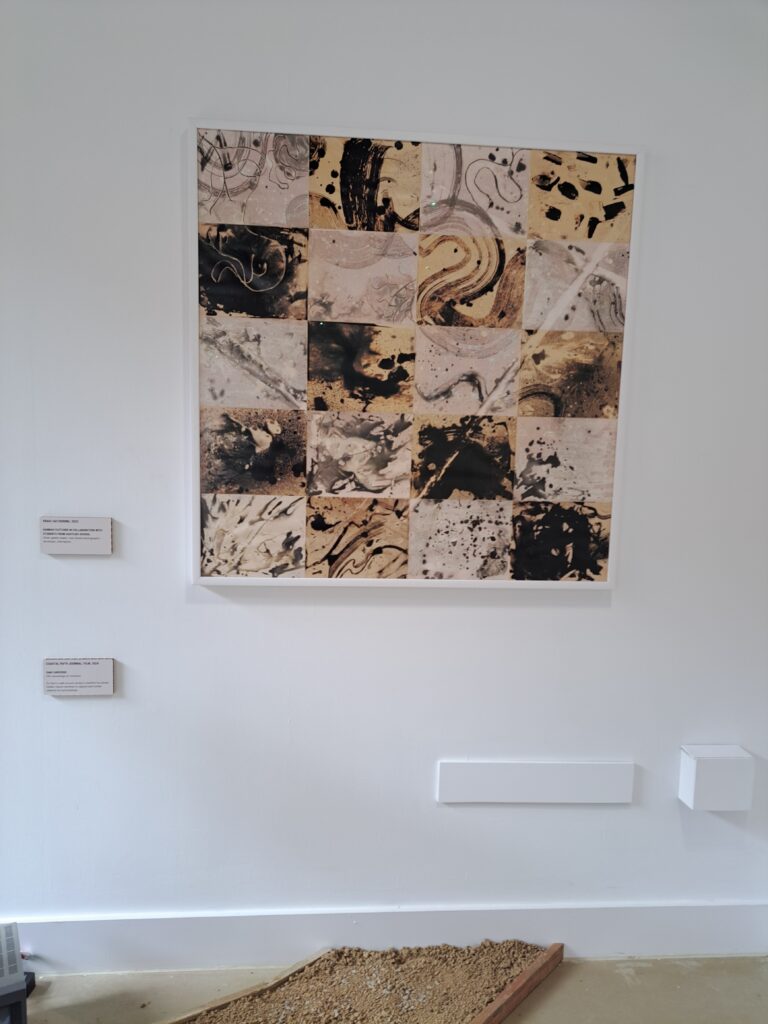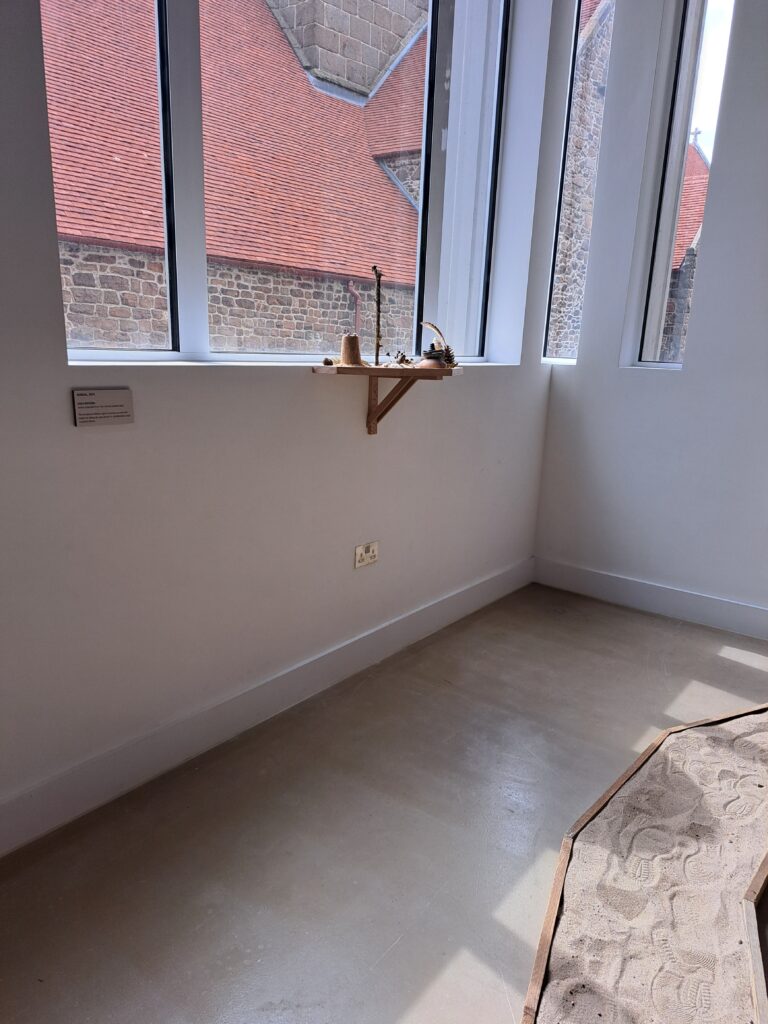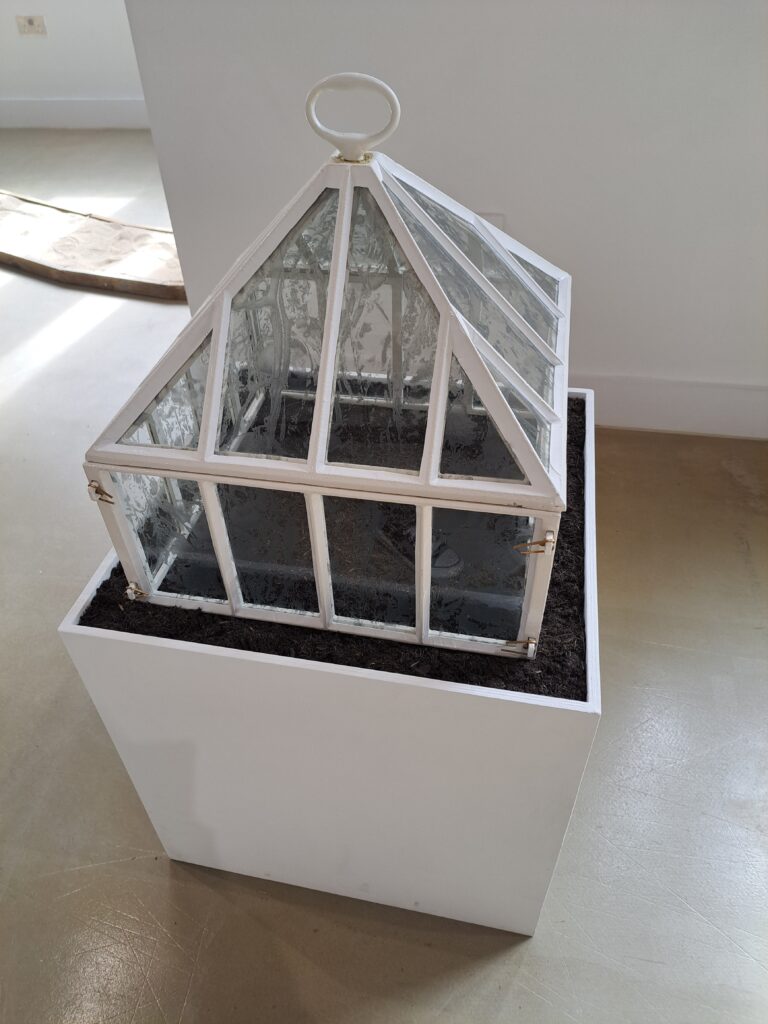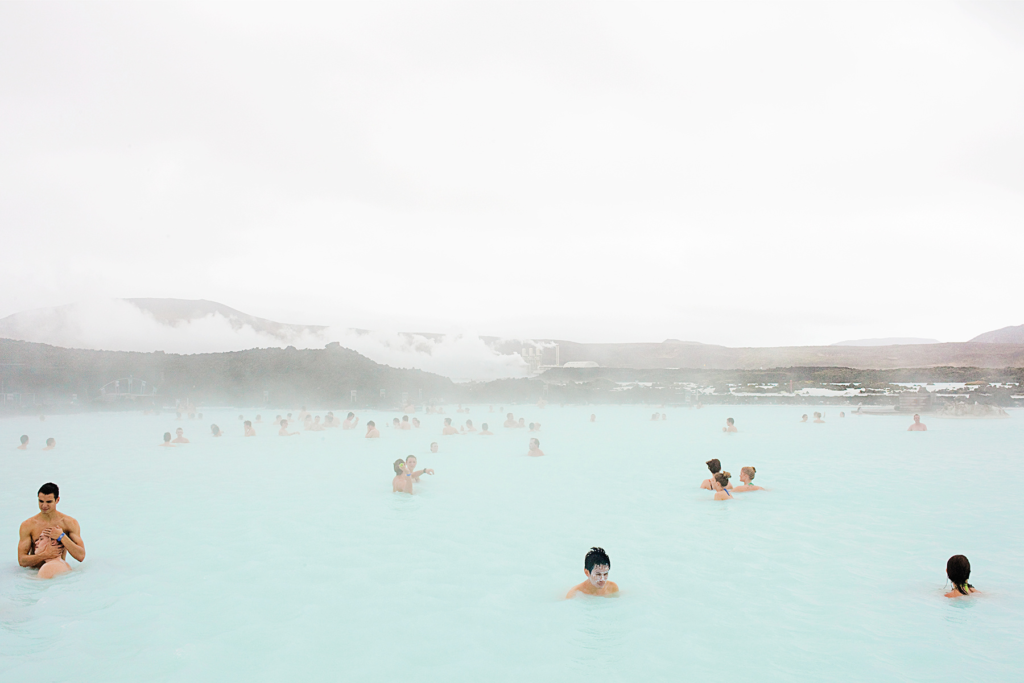The international award-winning photographic artist, Mandy Barker, whose work consisted of marine plastic debris for more than 14 years. Her success has reached global recognition and her work with scientist is to bring awareness about the harmful truth of plastic pollution in the world’s oceans where it highlights climate change, the harmful affect on marine life and ultimately ourselves, which leads the viewer to take action.
Mandy extraordinary pieces of art has been published in over 50 different countries which consists of: TIME magazine, The new scientist, national geographic magazine, The guardian, Smithsonian etc..
Her work has been exhibited world wide from MoMA Museum of Modern Art, and the United Nations headquarters in New York, the Victoria & Albert Museum London, and the Science & Technology Park Hong Kong. She was shortlisted for the Prix Pictet award SPACE in 2017, which is the worlds leading photography award for sustainability, and she was also nominated for the magnum award for the Magnum doundation fund, LOBA award and the Deutsche Börse Foundation Photography Prize 2020.
She is a legatee of the 2018 National Geographic Society Grant for Research and Exploration. Her first ever book was called ‘Beyond Drifting: Imperfectly Known Animals’. It was was rightfully chosen as one of the Ten Best Photography Books of 2017, by Smithsonian, and her the other book ‘Altered Ocean’ was chosen by The Royal Photographic Society as one of the most desired titles and top 10 Photobooks of 2019. Mandy is proudly a member of the Union of Concerned Photographers UCP for short. This union is dedicated in using the power of imagery to highlight the urgency of environmental concerns.
In 2012 Mandy was awarded The Royal Photographic Society’s Environmental Bursary which enabled her to join a bunch of scientists in a research expedition which sailed from Japan to Hawaii. Its purpose being to acknowledge the build up of marine plastic debris, in the tsunami debris field in the Pacific Ocean.
She states “The aim of my work is to engage with and stimulate an emotional response in the viewer by combining a contradiction between initial aesthetic attraction along with the subsequent message of awareness. The research process is a vital part of my development as the images I make are based on scientific fact, essential to the integrity of my work. The impact of marine plastic is an area I have documented for more than 10 years and am committed to pursuing through visual interpretation, and in collaboration with science I hope it will ultimately lead to positive action in tackling this increasing environmental problem, which is currently of global concern”.
- Why have you chosen this artist?
I have chosen this artist because I think that her work and dedication is extradordinary. I really like how she manages to transform something like a normal image with a black background, into something that has so much depth and meaning. I also really love how much awareness she brings with her images and how she manages to manipulate the audiences attention by producing an image which is only garbage but making it unique and something that peeks interest and therefore bring out recognition towards environmental concerns.
2. What interests you about their work?
How much depth the photos have. How she is able to intrigue audiences by controlling how she decides to portray her ideas. Instead of blandly displaying pictures of plastics, she creates this distinctive image which at a glance looks like an art piece but in more profundity, it is a masterpiece that also brings perception towards plastic litter.
3. How does the work relate to the theme of Anthropocene?
Her work evidently relates to the theme of Anthropocene because it shows the damage and negative change that human species have caused towards the planet. She does this by taking pictures of scary amounts of plastic litter, found around the world.
4. What are you going to do as a response to their work?
I’m going to create a set of images of types of litter that is most commonly found around the world, and display them in a black background like she does with her pictures. I think I also plan on producing an image where I create a type a circle, representing earth, but the circle will be created with all types of litter/trash to bring awareness of what earth is becoming. I want to also produce and image where I show how long it takes for pieces of litter to disintegrate.
MOOD BOARD:

LINKS:
https://blogs.brighton.ac.uk/lm216photography/2019/11/01/artist-research-mandy-baker

